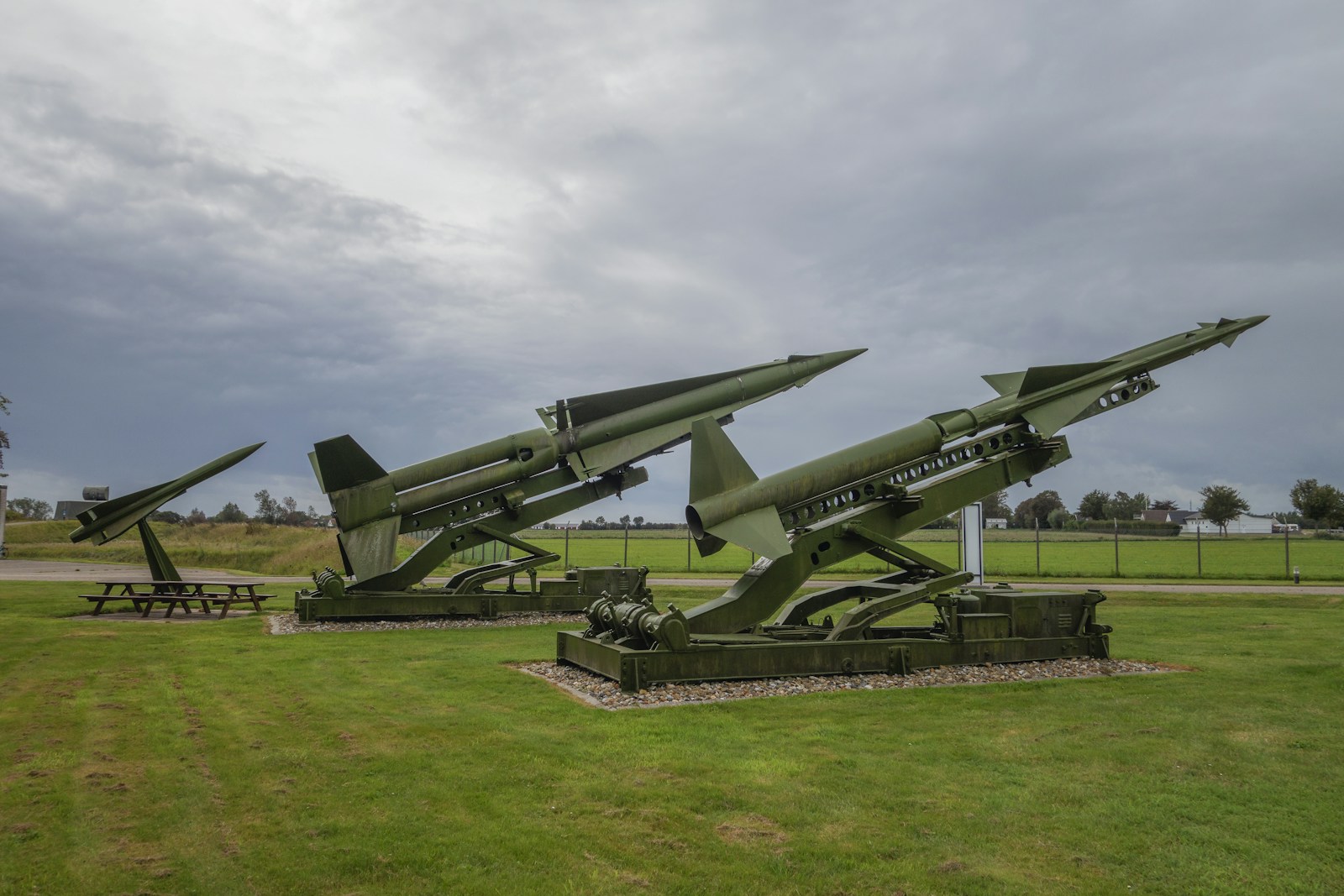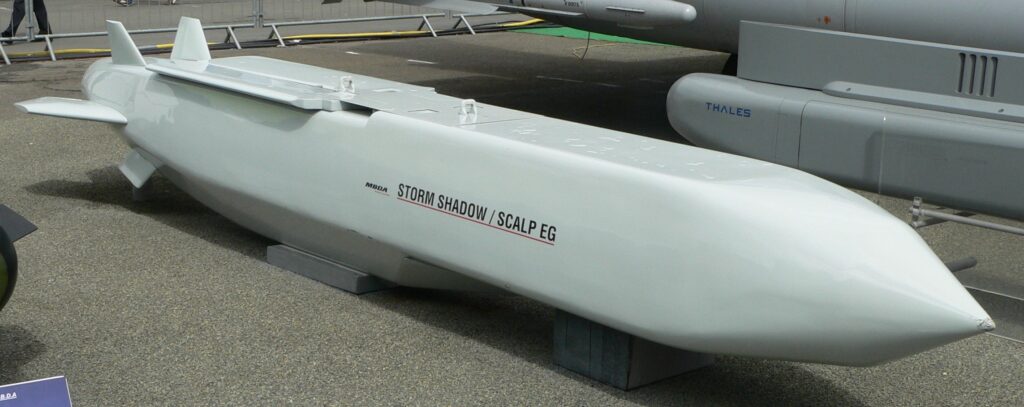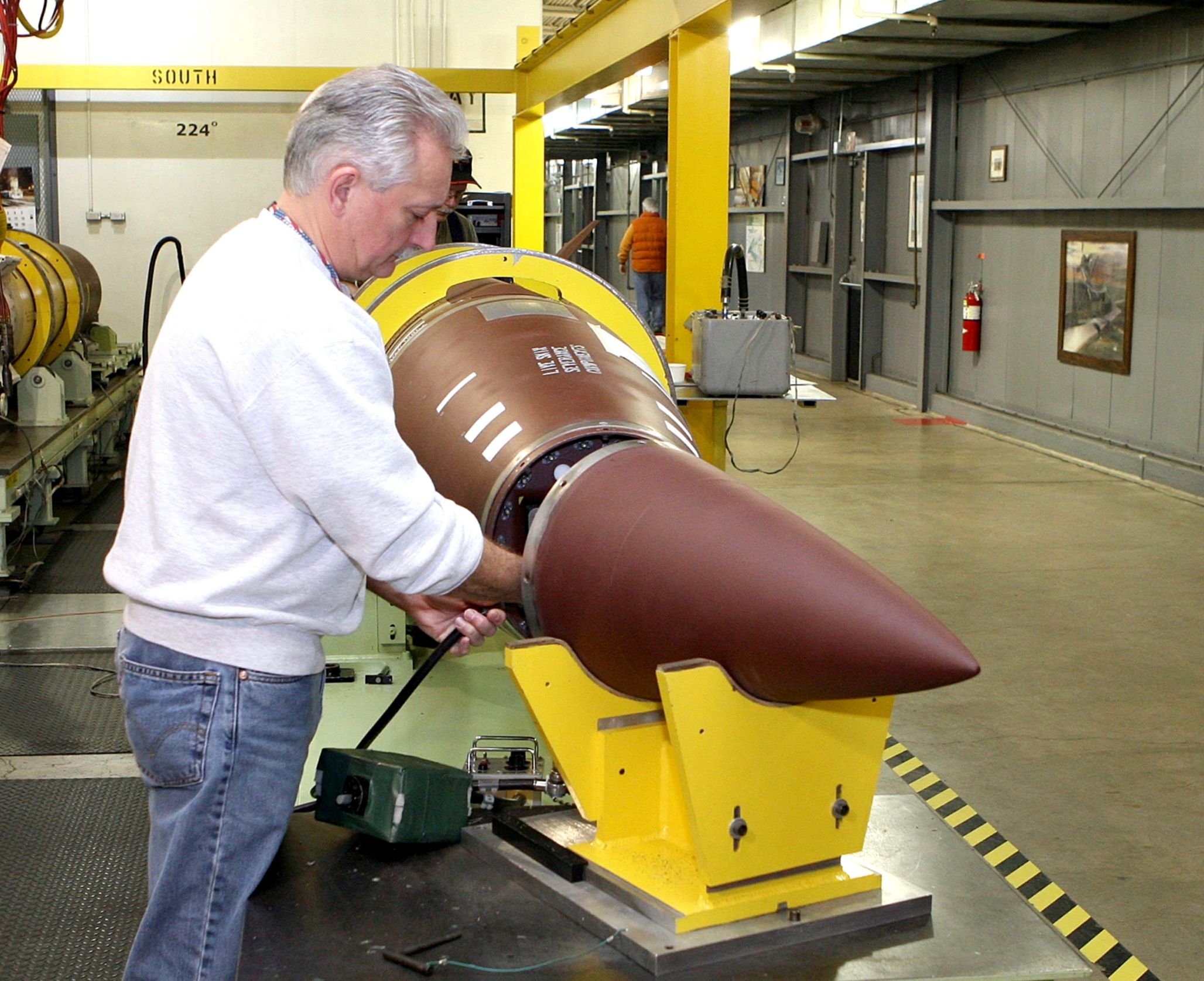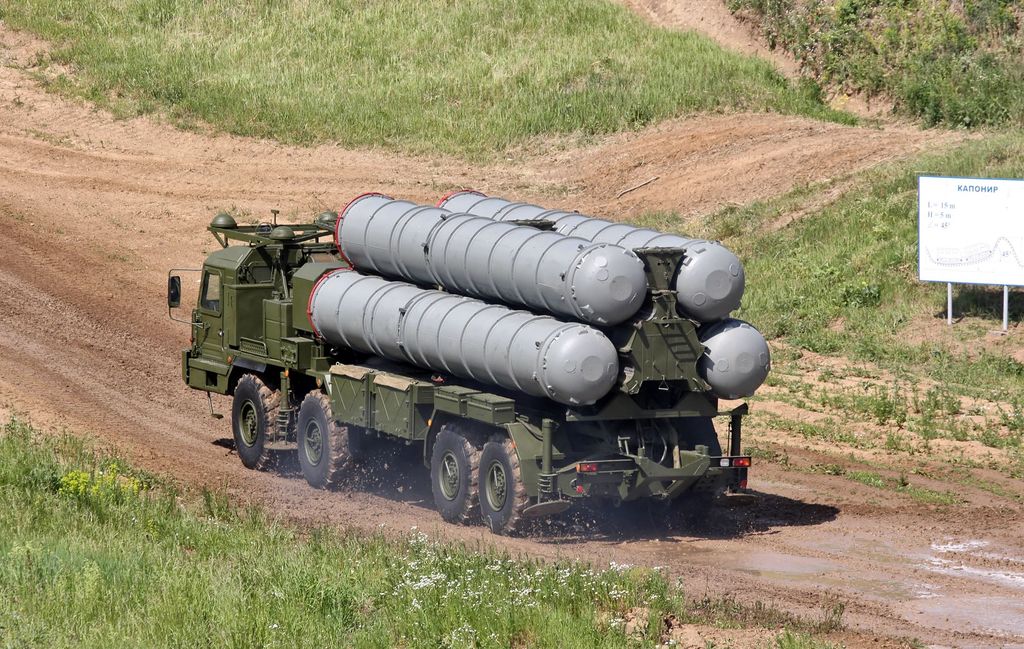
The ongoing conflict in Ukraine has seen critical rhetorical escalation between Moscow and Western capitals, largely centered on long-range strike capabilities. At the heart of this debate lies the Storm Shadow cruise missile, an Anglo-French weapon whose strategic importance has become pronounced. Recent policy shifts by the United States and the United Kingdom, potentially relaxing restrictions on Ukraine’s use of these armaments within Russian territory, ignite a fresh wave of geopolitical maneuvering. This development not only redefines the tactical landscape but also prompts a comprehensive analysis of these advanced weapons and the complex responses they elicit.
The Storm Shadow, known in France as SCALP-EG (Système de Croisière Autonome à Longue Portée – Emploi Général), stands as a testament to advanced military engineering, developed through a collaborative effort by France, Britain, and Italy. As an air-launched cruise missile (ALCM), it is designed for deployment from military aircraft, offering a critical stand-off capability. This allows platforms like the Tornado, Eurofighter Typhoon, and Rafale fighter jets to engage high-value targets well beyond conventional battlefield threats. Conceived in the early 1990s, its design aimed to ensure target neutralization while safeguarding launch aircraft. Currently, the missile is active within the air forces of the United Kingdom, France, Italy, Saudi Arabia, and the United Arab Emirates.
Capable of striking targets up to 560 kilometers (approximately 300 nautical miles), the Storm Shadow significantly extends Ukraine’s operational reach for deep strikes into adversary territory. Its formidable destructive power comes from its dual-stage BROACH (Bomb Royal Ordnance Augmented Charge) warhead, engineered for precision against fortified structures. The first stage breaches reinforced targets, creating an entry point for the second, larger warhead, which then detonates to maximize internal damage. This ensures comprehensive destruction of resilient enemy positions, making it ideal for penetrating hardened bunkers and ammunition stores. Each Storm Shadow missile, reflecting its advanced technology and precision engineering, costs over $2 million.

Beyond its destructive payload, the Storm Shadow boasts sophisticated navigation and stealth features, making it exceptionally challenging for enemy defenses to intercept. Its navigation system integrates advanced Inertial Navigation Systems (INS), Global Positioning Systems (GPS), and Terrain Reference Navigation (TRN), ensuring pinpoint accuracy even amidst electronic countermeasures. The missile’s design incorporates a low radar cross-section (RCS) and low-altitude flight, enabling it to evade detection by most conventional radar systems. These stealth capabilities enhance its survivability as it penetrates complex air defense networks, increasing the likelihood of successful target engagement. Each missile is pre-loaded with comprehensive targeting data and precise trajectory information to maximize operational effectiveness.
For months, Ukrainian President Volodymyr Zelenskyy has urged his Western allies to grant Kyiv authorization to employ long-range missiles against targets within Russian territory. During a Ukraine Defense Contact Group (UDCG) meeting on September 6, he stated, “We need to have this long-range capability, not only on the divided territory of Ukraine, but also on the Russian territory, so that Russia is motivated to seek peace.” This plea underscored Ukraine’s strategic rationale: to disrupt Russian logistical and command-and-control capabilities far behind the front lines, diminishing Russia’s capacity to launch devastating attacks.
Initially, both the United States and the United Kingdom imposed strict conditions limiting the use of long-range missiles, including Storm Shadow, exclusively within Ukraine’s own borders. This cautious approach stemmed from profound concern among Western officials regarding potential regional escalation, a sentiment highlighted by White House National Security Communications Advisor John Kirby in August, who described the notion of the West being at war with Russia as “a funny bit of Putin propaganda.” However, strategic calculus began to shift amidst the conflict’s protracted nature and Ukraine’s persistent appeals for enhanced defensive capabilities, particularly as Russia continued daily bombardments.

A significant turning point arrived with the Biden administration’s decision to allow Ukraine to use American-supplied ATACMS missiles for strikes inside Russia, paving the way for similar considerations. Following this, on a Wednesday in September 2024, it was confirmed that Ukraine had, for the first time, utilized UK-supplied Storm Shadow missiles against targets within Russian territory. This pivotal moment, while not publicly commented upon by the Ministry of Defence, aligned with the UK government’s known support for greater Ukrainian operational freedom. US Secretary of State Antony Blinken, during a joint Kyiv visit, affirmed Washington’s commitment to review Ukraine’s request “with urgency.” President Zelenskyy publicly thanked the leaders on X, emphasizing, “It is important that Ukrainian arguments are heard. This includes the long-range weapons.”
The introduction of long-range missiles, particularly Storm Shadow, was anticipated to provide Ukraine with critical new tactical capabilities for striking distant, well-protected targets. Early deployments underscored its impressive potential, with verified attacks on high-value Russian military installations in border regions like Kursk and Bryansk during November 2024. These initial operations validated Storm Shadow’s capacity to engage targets far beyond Ukraine’s immediate front lines, compelling Russian forces to enhance air defense measures and shift key military assets deeper into the country. Its effectiveness in hitting Russia’s Black Sea naval headquarters at Sevastopol also notably contributed to making Crimea less secure for the Russian navy.
Despite these successes, experts caution against viewing any single weapon system as a panacea capable of decisively altering the conflict’s course. Keir Giles, a senior consulting fellow of the Russia and Eurasia Programme at Chatham House, succinctly articulated this, stating, “We shouldn’t think of any individual weapon system as a wonder weapon that will change the war radically.” Indeed, while the Storm Shadow offers a tactical edge, its limited numbers and inherent production challenges mitigate its potential as a singular decisive factor. Its considerable cost and manufacturing complexity, overseen by Europe’s premier missile producer MBDA, preclude rapid mass production, exacerbating shortages during intense wartime demand. Western inventories, already stretched, have struggled to meet Ukraine’s escalating strategic requirements.
This scarcity became increasingly apparent as December 2024 unfolded, with reports concerning Storm Shadow missile strikes becoming notably scarce. Defence analysts monitoring the conflict observed a significant reduction in operational claims, a stark contrast to previously frequent reports often accompanied by drone footage and extensive damage showcased on Russian Telegram channels. The Institute for the Study of War (ISW) assessed on December 15, 2024, that Ukraine’s missile stocks were “nearly exhausted,” a conclusion drawn from the absence of recent resupply efforts from Britain and France. While the United Kingdom, as the primary supplier, reportedly provided between 100 and 200 Storm Shadow missiles since early 2023, France contributed significantly fewer. This diminishing supply, coupled with Russian adaptive strategies, casts a shadow over the missile’s sustained impact.

Russian forces have, over time, significantly adapted their defensive strategies to counter the threat posed by Storm Shadow. This includes upgrading air defense capabilities through advanced S-400 and Pantsir-S1 systems in critical zones, bolstered by enhanced electronic warfare techniques to neutralize incoming missile strikes. Furthermore, Russia has strategically relocated key military assets, including bombers, missiles, and their associated infrastructure, deeper into its territory, moving them beyond the operational range of Storm Shadow. This logistical adjustment has demonstrably reduced their vulnerability to long-range strikes, limiting the impact of Ukrainian deep-strike operations. The result is a continuous and complex arms race, where tactical innovation on one side meets rapid adaptation on the other.
Western authorization for Ukraine to use long-range missiles in Russian territory elicited a terse and direct response from Moscow, notably from President Vladimir Putin. On a recent Thursday, President Putin articulated that if Western countries authorized such use, they would become “directly involved in the war,” signaling a profound escalation. He elaborated that such actions would signify “nothing less than the direct involvement of NATO countries, the United States and European countries in the war in Ukraine,” asserting this would “significantly change the very essence, the very nature of the conflict.” Based on these new threats, President Putin declared Russia would be compelled to undertake “appropriate actions,” though he refrained from specifying the nature of these countermeasures, prompting widespread speculation.
Experts widely interpret these pronouncements as raising the prospect of significant escalation, both within and potentially beyond Ukrainian borders. Keir Giles suggests that “a normal and standard Russian response to any development it dislikes is to intensify its terror attacks on Ukraine.” Beyond conventional military responses, analysts propose non-kinetic measures Russia could deploy, including stepping up sabotage campaigns across Europe, potentially involving the funding of “Russian-backed proxies” engaged in arson, physical assaults, and intimidation. These varied retaliatory options, from intensified strikes to covert operations in third countries, underscore the multifaceted nature of Russia’s strategic toolkit. The ambiguity surrounding President Putin’s “appropriate actions” highlights the unpredictable trajectory of the conflict as red lines are continuously tested, a dynamic Samantha de Bendern, an associate fellow at Chatham House, notes as continuous since February 2022.

Crucially, Russia has also embarked on a concerted effort to analyze and understand recovered Storm Shadow missiles, particularly those downed by its air defense systems. This forensic examination offers invaluable intelligence for developing effective countermeasures. According to an unnamed engineer and weapons expert cited by Russian media, “A thorough examination of the downed Storm Shadow/SCALP missiles continues. At this point, the control equipment … has been dismantled.” This detailed process involves dissecting the missile’s intricate control equipment and guidance systems, including its GPS, inertial navigation, and terrain reference components. The data gleaned provides “objective control of the missile overflight system” and crucial insights into “possible air defense countermeasures systems to better counter these targets,” offering a strategic advantage.
Beyond the guidance systems, Russian specialists are undertaking a comprehensive study of the Storm Shadow’s fuse schemes and its formidable warhead design. This analytical endeavor is described as “necessary works for neutralization [of missiles],” particularly “in order to carry out transportation of these combat units and destroy them outside populated areas,” focusing on strategic counter-proliferation and civilian safety. Such reverse-engineering efforts are characteristic of the ongoing technological arms race in modern warfare, where understanding an adversary’s capabilities is paramount. By delving into the mechanical and electronic intricacies of the Storm Shadow, Russia aims to enhance its air defense, adapt electronic warfare systems, and ultimately reduce the effectiveness of future deep-strike operations. This continuous cycle of innovation and counter-innovation defines the evolving tactical landscape.

The unfolding saga of the Storm Shadow missile within the Russia-Ukraine conflict serves as a microcosm of modern warfare’s intricate dance between technological prowess and adaptive counter-strategies. Its initial impact underscored Ukraine’s urgent need for extended reach, forcing Russian forces to recalibrate their defenses and logistics. Yet, its very success has revealed the complex realities of wartime supply chains and the relentless pace of military innovation. The West’s delicate balancing act, navigating support for Ukraine without triggering broader escalation, shapes the contours of this dynamic conflict. As both sides continue to refine tactics and technologies, the future trajectory of long-range strike capabilities, and the war itself, remains a testament to the unpredictable nature of geopolitical competition.



